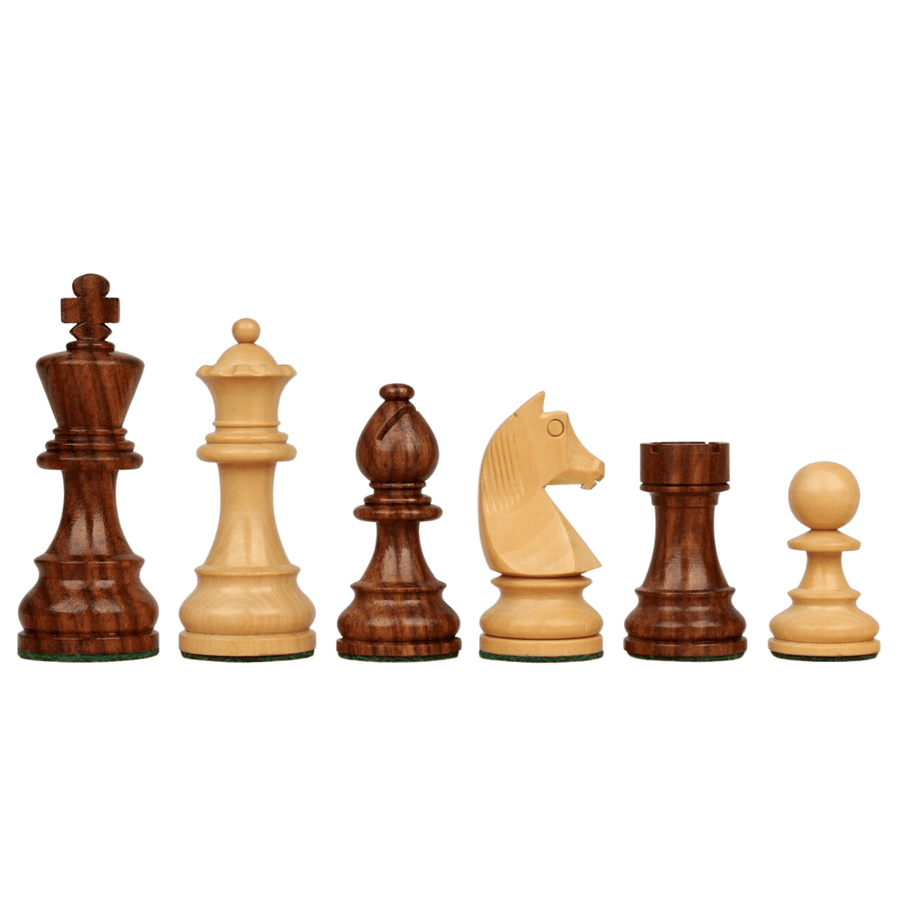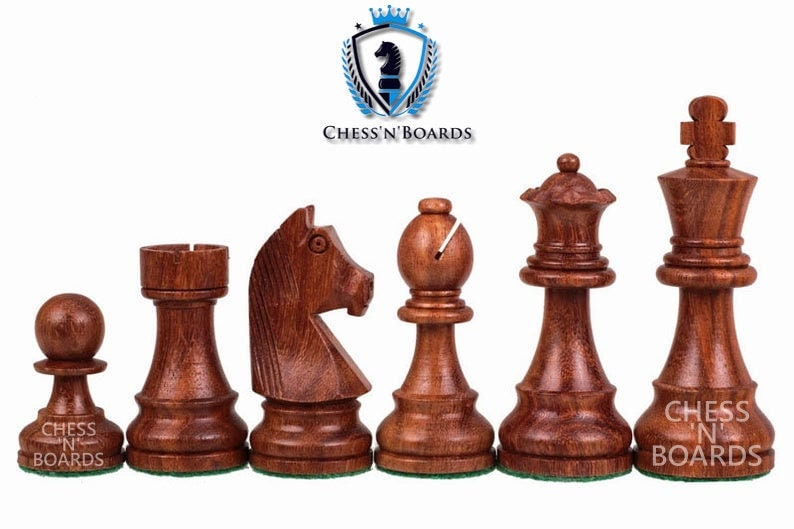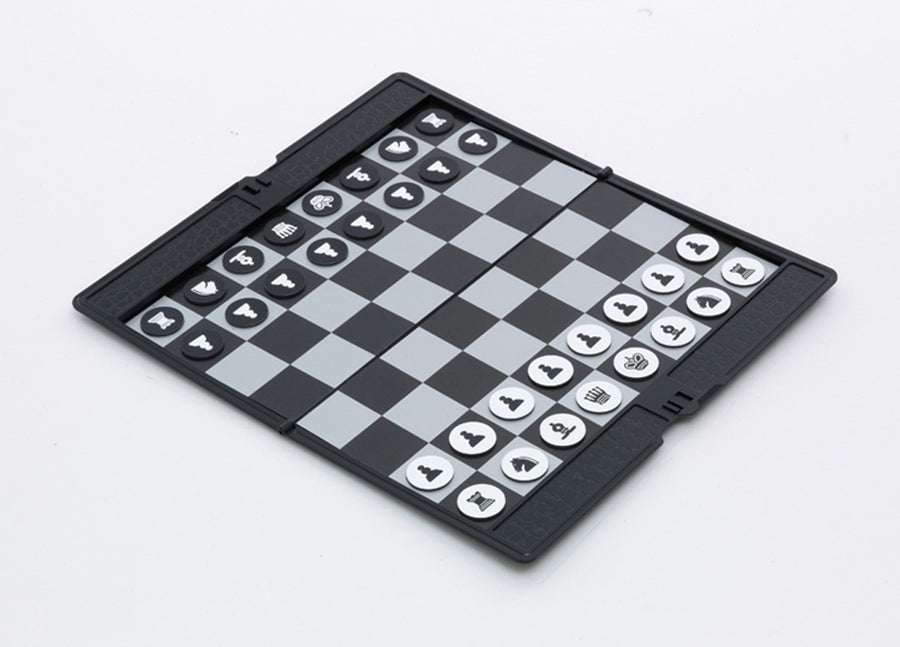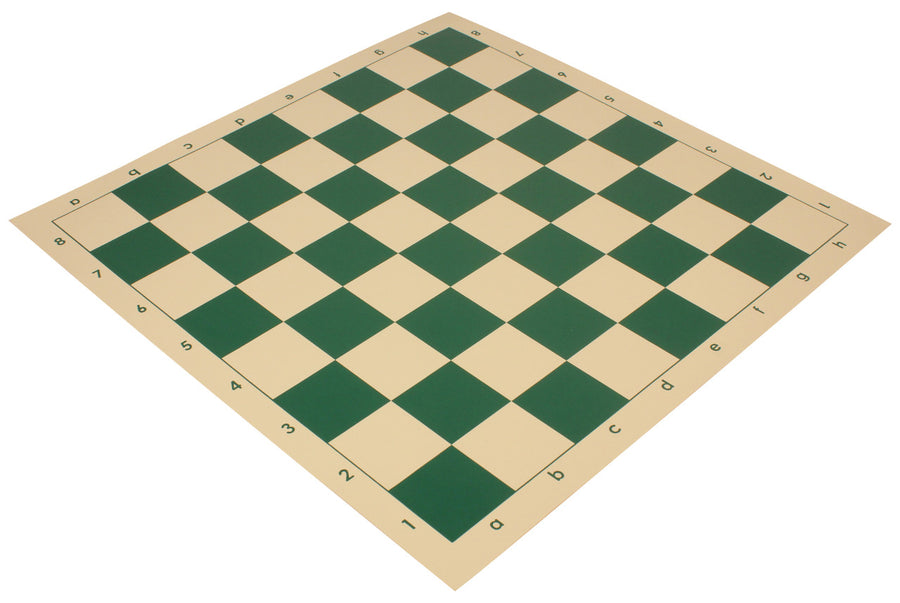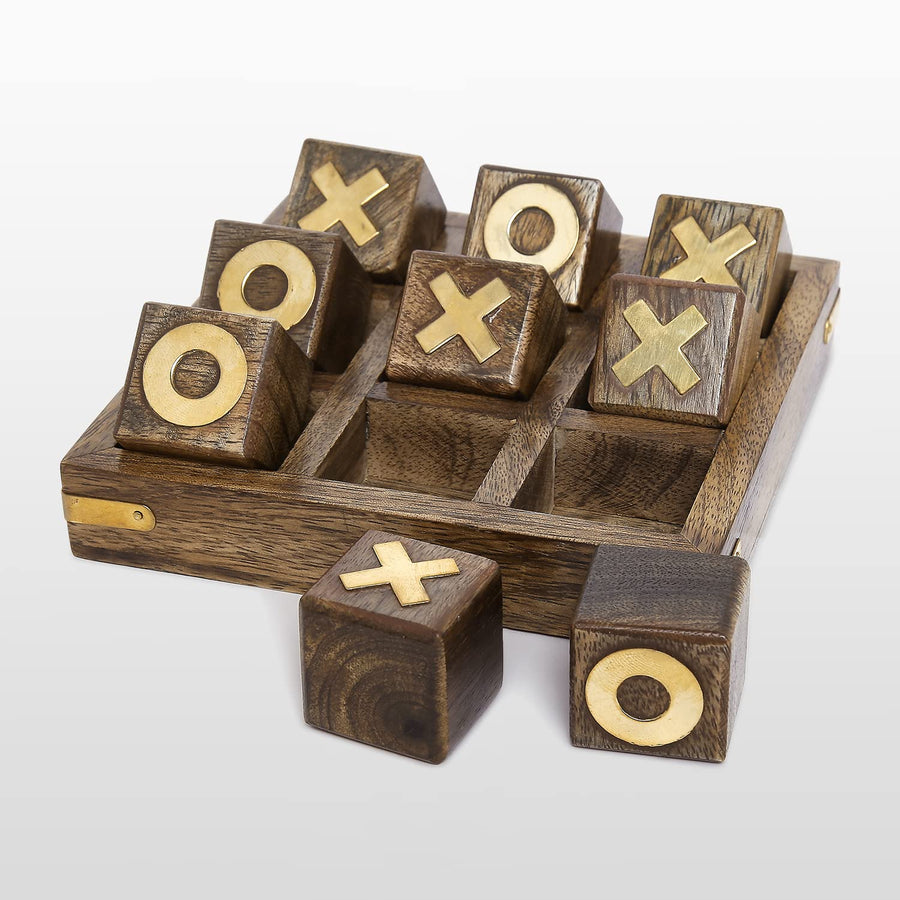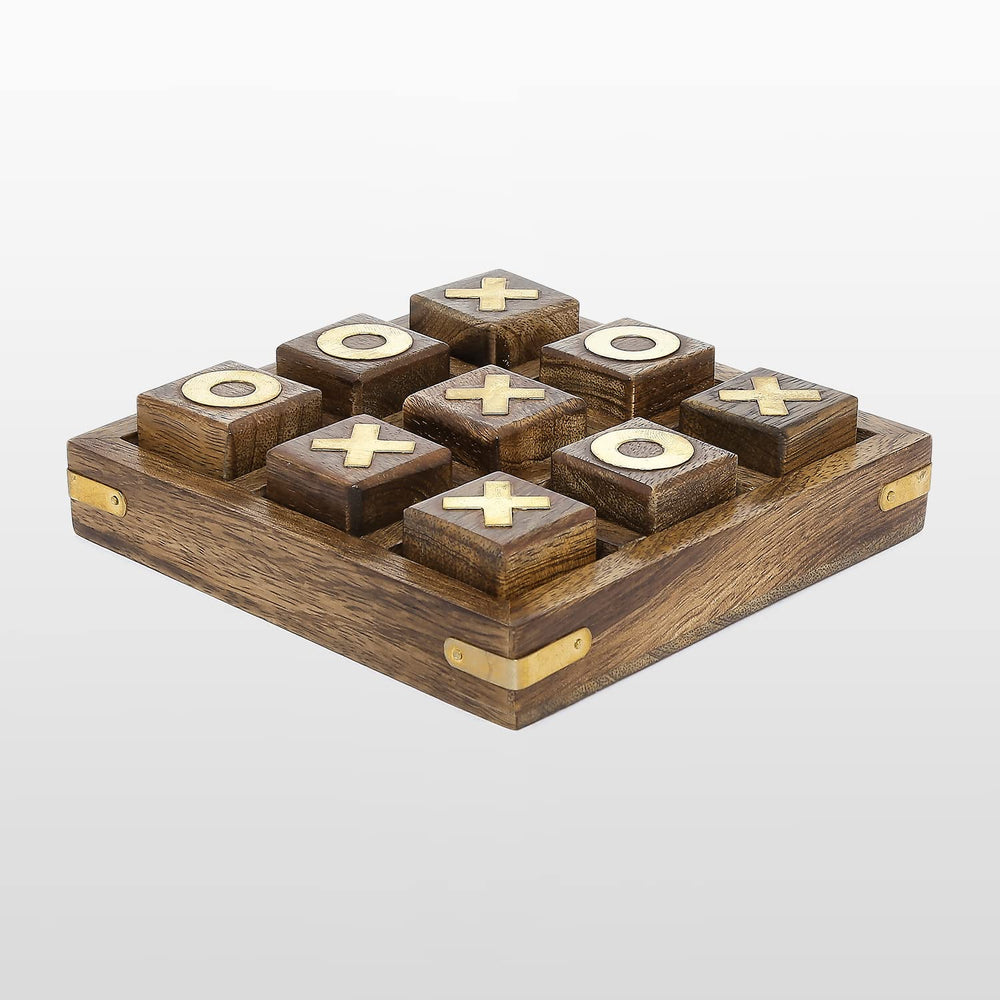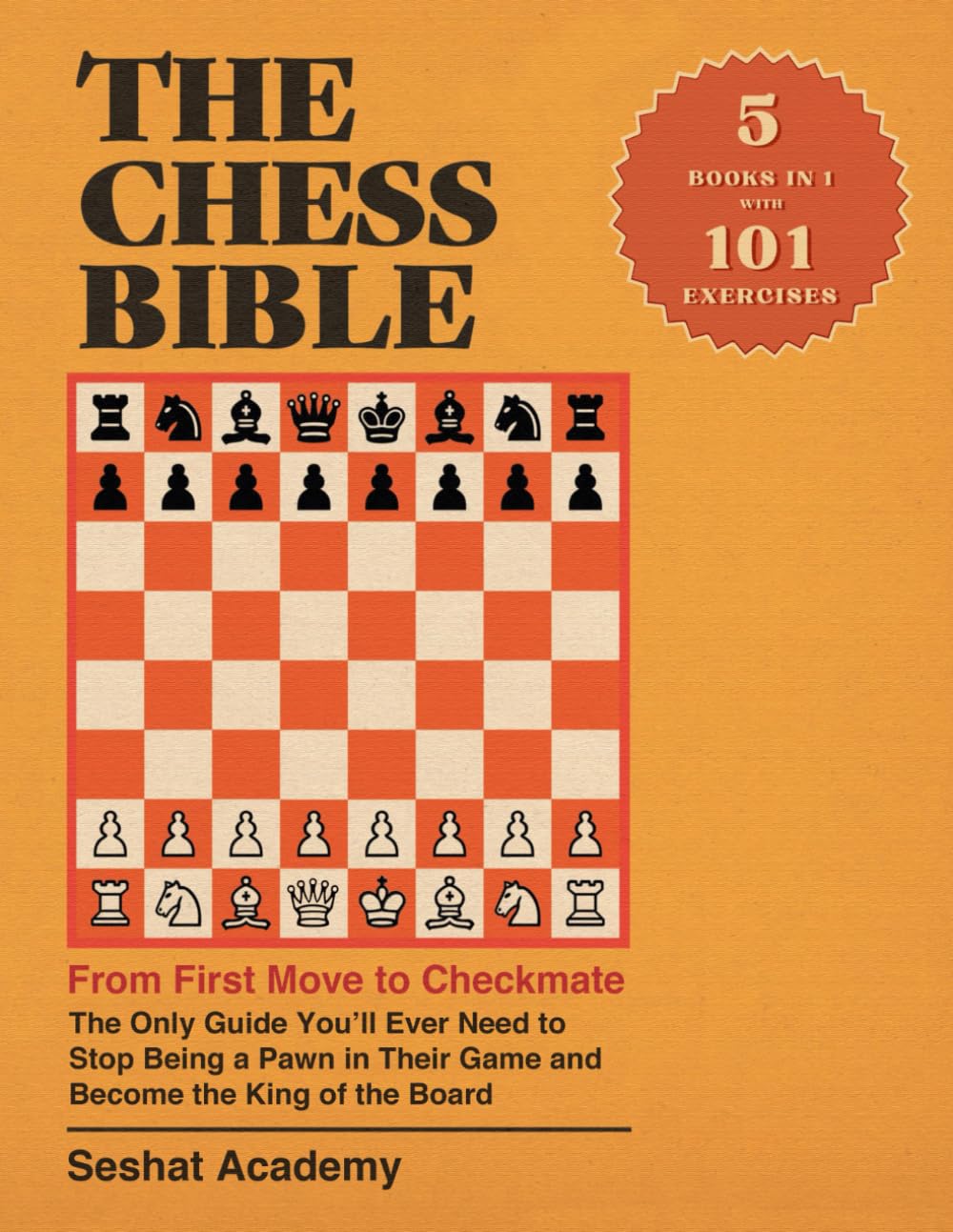How To Play Carrom
Master Carrom: A Beginner's Guide to Rules and Gameplay
Carrom or Karom is a game that has long been played throughout India and South East Asia but the game has become increasingly popular throughout much of the rest of the world during the last century. There are a huge number of variations in the rules even though an international regulatory body and several major national bodies exist - even these have rule variations depending upon the situation. Masters Games has based the following rules on those from the UK Carrom Club, tailoring them for simplicity where possible.
Equipment
Carrom boards come in various sizes, with tournament boards typically measuring 72cm or 74cm square. They're positioned 60-70cm above the ground for comfortable play.

Key Features:
- Playing Surface: Smooth, flat wood, ensuring smooth piece movement.
- Pockets: Four corner holes (51mm diameter) with nets to catch pieces, similar to snooker.
- Foul Lines: Two diagonal lines marking the boundary for valid shots.
- Central Circles: Two concentric circles in the center, defining starting positions for pieces.
- Baseline: A rectangular area with red circles at each end, where players strike from.
- Pieces: Nine dark and nine light pieces, plus a red "Queen."
- Striker: Slightly larger than pieces (3.8cm-4.4cm diameter), often made of wood, bone, or ivory.
- Lubricant: Sometimes used to improve piece movement (e.g., boric acid).
Remember:
- These dimensions are for reference, and boards can vary.
- Mastering the game requires understanding these features and their roles.
Preparation
-
Coin Flip: Hide a piece in one hand and your opponent guesses which hand. Guess right? Choose who goes first! Wrong guess? You pick!
- White on Offense: The first player aims to pocket the white pieces.
-
Board Setup:
- Place the Queen in the center.
- Arrange 6 white and 6 black pieces around the Queen, forming a circle.
- Add another circle of 12 pieces around the first, alternating colors.
- Position the circles so the Queen, two white pieces (one from each circle), point towards the starting player's side.
Objective
Players take turns to play. A turn consists of one or more strikes. A player wins by pocketing all of the pieces of their chosen colour first. However, neither player can win until one or other player has "covered the Queen". To cover the Queen, a player must pocket one of her own pieces immediately after pocketing the Queen. If the Queen is pocketed but not covered, the Queen is returned to the board. Both players normally try to cover the Queen in addition to trying to win the game because a player who wins and also covers the Queen receives bonus points.
Striking
- For each strike, the player must position the striker within the baseline OR on one of the two circles at either end of the baseline.
- A striker within the baseline must touch both the front line and the rear line.
- The striker may not "cut the moon" - be placed partially within the baseline and partially within the circle.
- The player must flick the striker with one finger so that it crosses the front baseline - it is not permitted to flick backwards or horizontally.
- A piece that is on or behind the front baseline must not be struck by the striker until the striker has crossed the front baseline.
- In striking, the player's hand or arm must not cross the diagonal foul lines at either end of the baseline.
Basic rules
- For the very first turn, the player is allowed three attempts to "break" i.e. disturb the central group of counters.
- It doesn't matter which piece the striker hits first and it doesn't matter if the striker hits no pieces.
- If a the striker pockets the Queen and/or one or more pieces of her own colour, the player retrieves the striker and takes another strike.
- If the player pockets no pieces or commits a foul, the turn finishes.
Covering the Queen
- A player may only pocket and cover the Queen if that player has already pocketed at least one piece of that player's colour.
- Should a player pocket the Queen before being permitted to cover it, the turn continues but the Queen is returned to the centre at the end of the turn.
- If a player pockets the Queen and one of her own pieces in the same turn, this counts and that player has covered the Queen. Such a player must have already pocketed at least one piece in order to cover the Queen as per normal.
- When a player pockets the Queen but does not cover it, the Queen is returned as near as possible to the centre circle by the opponent.
Other Rules
- Pieces returned to the centre can be placed on top of other pieces within the main circle.
- If pieces come to rest standing on their edge or overlapping another piece, they are left as they are until moved again in the normal course of play.
- If the striker comes to rest under another piece, the striker should be removed with as little disturbance to the covering piece as possible.
Fouls
When a player commits a foul, the turn comes to an end immediately and a penalty is incurred. The penalty is that one pocketed piece is returned to the board by the opponent anywhere within the main circle. Any other pieces requiring to be returned to the board are also placed within the main circle by the opponent. It is normal for pieces to be positioned in order to confer an advantage for the opponent.
A foul is recorded in the following situations:
- The striker is pocketed.
- The striker or any other piece leaves the board.
- A player pockets an opponent's piece. If the Queen was also pocketed, it is returned to the centre by the opponent together with the penalty piece. Any other pieces pocketed in the same strike remain pocketed.
- A player pockets the final opponent's piece. Regardless of whether the Queen has been covered, the opponent's piece is returned to the centre in addition to the penalty piece.
- A player pockets the final piece before the Queen has been covered. In this case both the pocketed piece and a penalty piece are returned to the centre.
- A player contravenes the rules for striking.
- A player touches any piece in play, other than the striker.
- The first player to strike fails to break the counters in three attempts.
Where a penalty is incurred but no pocketed pieces exist to return, the penalty is "owed" until a piece becomes available. If a penalty is owed, when a piece becomes available due to being pocketed, the piece is returned to the centre by the opponent at the end of the turn. Should the opponent forget to do this before the start of the next turn, any owed penalties are lost.
Scoring
At the end of the game the winner scores 1 point for each opponent's piece left on the board. If the winner also covered the Queen, a bonus 5 points are scored. The maximum score for one game is therefore 14 points.
A match is usually played to 29 points and for matchplay, if the winner's score has reached has 24 or more points, then 5 bonus points are NOT added for covering the Queen.
Doubles
Carrom is played by four people just as often as by two. For the doubles game, partners sit opposite one another and turns proceed in a clockwise order. Other than that, play is exactly the same as for the singles game. The game has a different character, though, because pieces behind the baseline can be safely left for the partner to deal with unlike in the singles game where pieces behind the baseline can only be moved by the opponent or by rebounding of the board edges.
Beyond the Classic: Exploring Exciting Carrom Variations
Carrom, the beloved board game, has enjoyed a surge in popularity online, spawning various engaging versions. While the core gameplay remains similar, these variations offer unique twists that keep things fresh and exciting.
Popular Variations:
- Total Point Carrom: This fast-paced Indian version allows pocketing any puck. Black pucks earn 5 points, white 10, and the queen a whopping 50! Covering the queen is crucial for bonus points.
- Family-Point Carrom: Perfect for odd-numbered groups, players can pocket any color. White pucks score 10 points, black 5, and the queen 25. Cover the queen immediately after pocketing it to claim her points.
- Black & White Carrom: Choose your side (black or white) and aim for your color's pucks only. Scoring stops at 21 points, but the queen can be pocketed later. Pocket and cover her in different pockets for a bonus.
- Carom Billiards: This pocketless billiards variant uses 3 balls on a marked table. Hitting designated spots earns points, making it a strategic challenge.
- Carrom Business: This Monopoly-inspired spin-off combines carrom gameplay with board ownership. Use your points to buy sections of the board, with the highest property owner winning.
Remember:
- These are just a few of many exciting carrom variations.
- Each version has unique rules and scoring systems, so be sure to learn them before diving in.
- Online platforms offer a convenient way to try different carrom versions and connect with players worldwide.
So, ditch the classic and explore the diverse world of carrom variations! You might discover a new favorite game that keeps you entertained for hours.
Carrom Rules: FAQs
A carrom foul happens when you pocket the striker or an opponent’s piece. It is also considered a foul if a piece leaves the board or you fail to break the formation in the middle of the board after three attempts.
Carrom points rule refers to the scoring system used in the game of Carrom. Depending on the color, the carrom points rule assigns a certain number of points for each carrom man pocketed – White carrom man: 1 point | Black carrom man: 2 points | Queen (red carrom man): 3 points.
Yes, just use your thumb to flick the striker.
If you pocket Queen and striker together, the queen will be returned to the table. Moreover, two additional carrommen will be taken from you, and you will lose your turn.
Yes, you can use your thumb to strike a carrommen.
Yes. Depending upon the online carrom game, rules will be slightly different.


